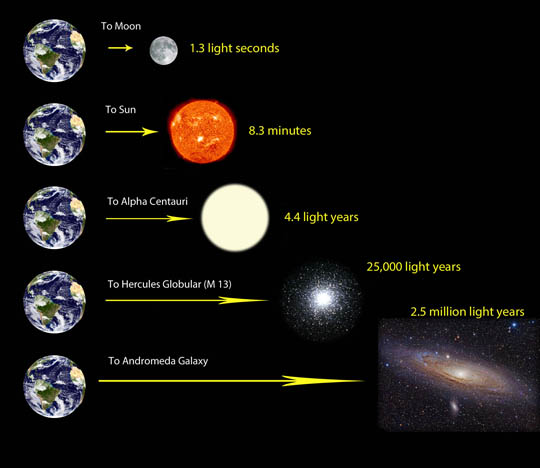The astronomer that I am choosing to write about is Sir Isaac Newton. Newton was an important astronomer, mathematician, and physicist and perhaps one of the most important contributors to our current understanding of the solar system and universe today who lived from January 4, 1643 to March 31, 1727. Most notably, his discovery of gravity dictates the motions of everything in the Universe and is able to help us make complex mathematical calculations about the solar system, such as movement, speed, orbits, and more. Secondly, he also created Newton’s 3 laws of motion, which are that an object at rest will remain at rest unless acted upon by an outside force, acceleration depends on mass and force, and for every action there is an equal and opposite reaction. These all heavily impact the movement of celestial bodies and give us good perspective into the framework in which all manner operates in the Universe.

Two important events that occurred during Newton’s life that are not astronomy related are the Great Fire of London, which occurred in 1666 and burnt down most of the city. Secondly, the historic document the Bill of Rights, which details important political frameworks in Britain about freedom of speech, royal succession, and the limitations of royal power was passed in 1689.
Another important historical figure who lived alongside Newton was John Locke, English philosopher who lived from August, 29 1632 to October 27, 1704. Locke was important for his thoughts about human nature and the self, ideas which influenced the Founding Fathers of the United States and are firmly chiseled into the Constitution as the right to “life, liberty, and property.”
I think it was interesting to learn more about the context of Newton’s life because it highlighted to me how many important figures existed in the 17th century and also how important their work is. Names like Newton and Locke are still heard today, almost four hundred years later, so they must have discovered something very important that society has been able to build off of and put to good use today.






